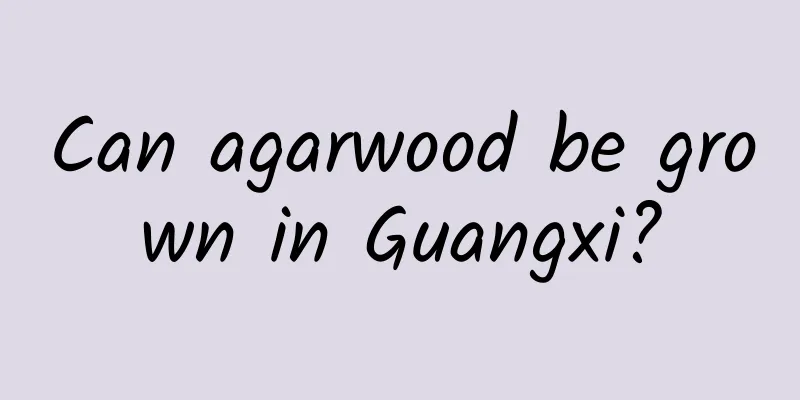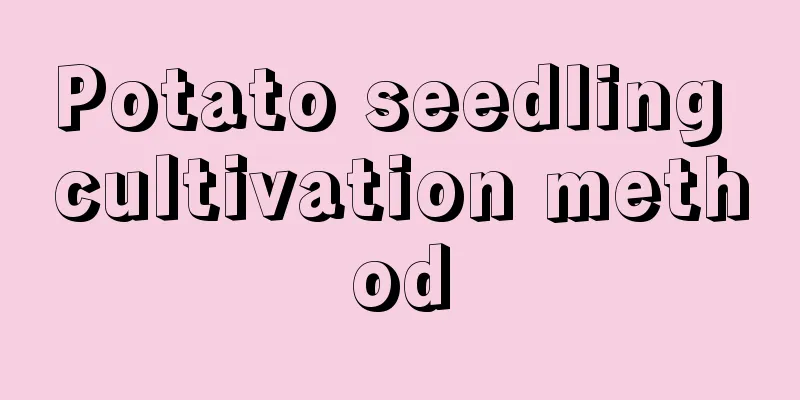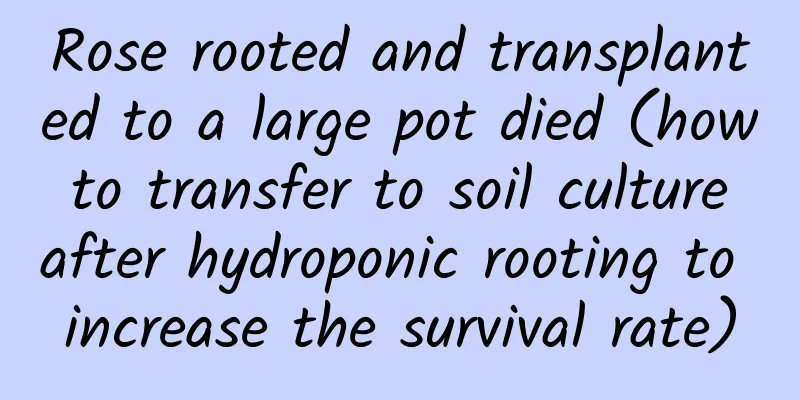Cultivation methods and precautions of red Ruimu

How to cultivate red yewsoilWhen growing red yew, you can choose fertile, well-drained soil. Before planting, you need to apply some base fertilizer to ensure the fertility of the soil. When planting red yew, you can bring a little garden soil, which is more conducive to the survival of red yew. Light and temperatureRed yew likes a warm growing environment and requires sufficient light. It has strict requirements on temperature, and the suitable temperature for growth is between 22℃ and 30℃. It can tolerate cold, but it will be damaged by frost in some places in the north, and in severe cases it can cause death. Water and fertilizer managementRed yew likes moist and fertile soil. It will grow faster if the drainage is smooth and the nutrients are sufficient. Some base fertilizer should be applied before planting, and then topdressing should be carried out, such as some decomposed farmyard manure or organic fertilizer. You can also apply some compound fertilizer according to the growth conditions. Watering should be appropriate, depending on the growth conditions of the red yew. In spring, water should be used to help the plant grow green again, and in winter, water should be used to prevent freezing. In rainy seasons, pay attention to drainage to avoid waterlogging and root rot. Precautions for breeding of red ruimuReproductionThere are three methods of propagating red yew, including sowing propagation, cutting propagation and layering propagation, which can generally be carried out in spring. pruneThe red yew is a plant that is very resistant to pruning. Proper pruning in the autumn of each year can maintain the tree shape and facilitate flowering and fruiting. In the spring, proper pinching can be done to promote the growth of side branches and make the plant fuller. Pests and diseasesDuring its growth process, red yew will be harmed by diseases such as leaf spot, powdery mildew and stem rot, as well as pests such as aphids and yellow thorn moth. It is necessary to do a good job in disease and pest prevention and control to nip the harm in the bud in time. |
<<: Cultivation methods and precautions of multi-flowered wild peony
>>: Cultivation methods and precautions of closed sheath ginger
Recommend
Method for germinating Polygonatum sibiricum seeds
1. Seed collection and cleaning The seeds of Poly...
The leaves of the green radish pennywort she grew are bigger than her palm. How did she grow it?
How to grow a palm-sized green radish Flower Grow...
How often should I water my potted aloe vera?
How often should I water my potted aloe vera? Pot...
How many times does it take for a walnut tree to bear fruit? (What month should a walnut tree be cut with a knife?)
Ring barking, ring cutting or barking of fruit tr...
How to grow peppers to get high yield?
As a common condiment in life, chili pepper is wi...
How to cultivate blue skirt
1. Soil: Blue Skirt has strong adaptability and i...
How much wheat yield per acre
Wheat yield per mu Generally speaking, the annual...
How to grow celery
1. Soak the seeds Celery seeds must be soaked bef...
The efficacy and function of Trillium
1. Park decoration The leaves of this flower are ...
The cultivation methods and precautions of mugwort
1. Soil Mugwort has a strong ability to adapt to ...
What is the flower language of hyacinth?
Flower language and symbolism Hyacinth, also know...
Prevention and control of common diseases and insect pests of Ficus microcarpa
Common diseases of Ficus microcarpa Black mold Bl...
Can you grow succulents on weathered rocks?
Can you grow succulents on weathered rocks? Weath...
How to grow azaleas and why the leaves turn black
1. How to maintain 1. Potting soil: If you want t...
How to grow Staghorn fern
1. Soil preparation Because it is an epiphytic pl...









